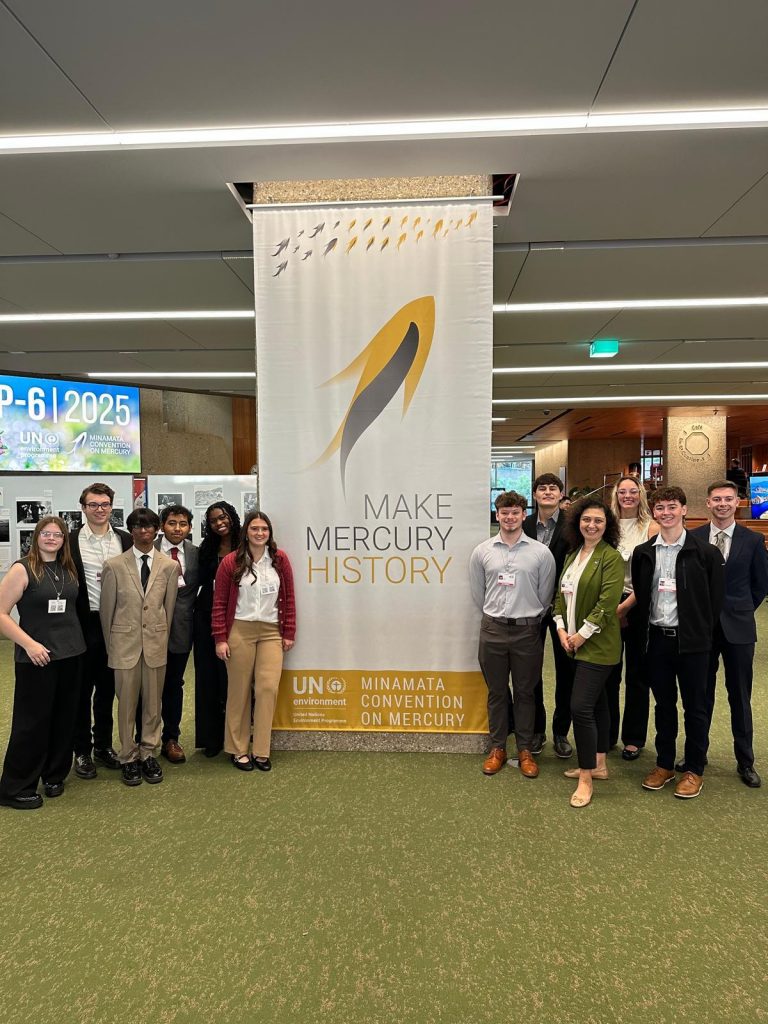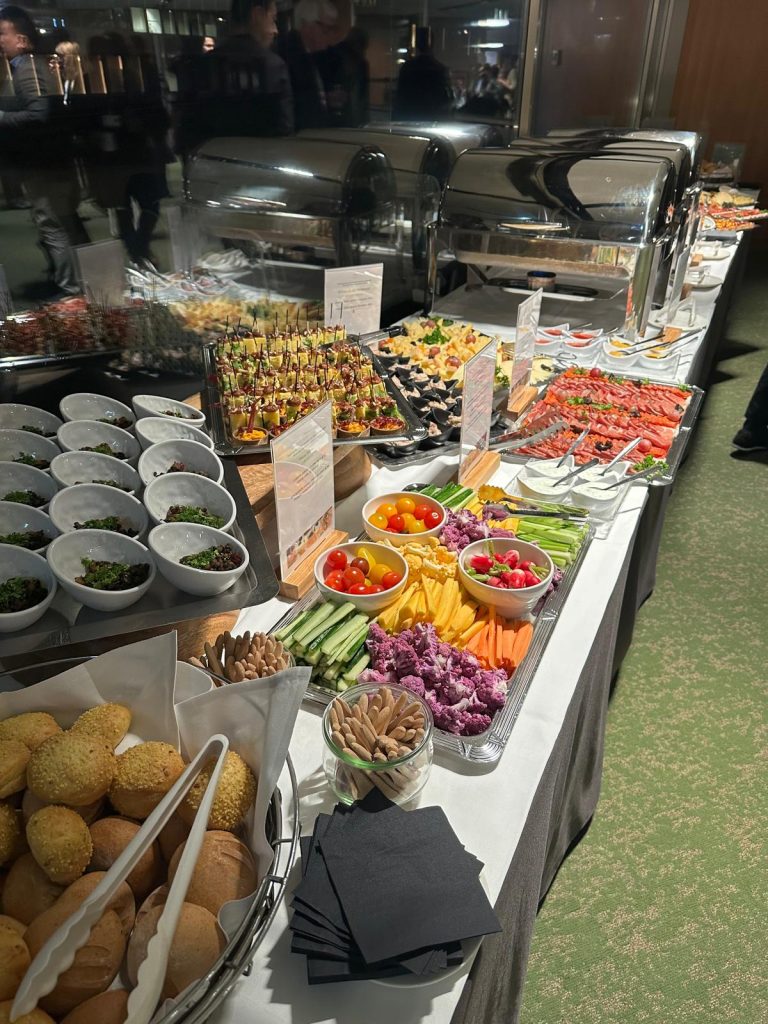By Kevin Guerrero
COP 6 of the Minamata Convention commenced at the Centre International de Conferences Geneve (CiCG) where the conference of the parties filled seats we occupied the previous afternoon. The secretariet headed by President of COP 6 Osvaldo Perez with exceutive members such as Monika Stankiewicz COP 6 Excecutive secretary started the morning session with brief introduction of the formatting necessary to proceed with the COP 6 and its objectives. President Osvaldo Perez delivered said objectives with Minimata’s founding principles of addressing current mercury production, industries that produce mercury-containing products and the reducing maritime/terriestrial mercury production. A strong 153 member Minamata Convention fosters an obligation to “learn from yesterday” with strong technolgical and research collaborations between regions. As members of the party articulated their opening remark states began talking about their individual region’s and state’s obligations.

Todarova’s 2025 COP 6 Syracuse Representatives
Item 3: Rules of procedure and financial rules for the Conference of the Parties:
- Rules of procedure with the election of members and setting the agenda for COP 6 of the Minamata
- Financial side of the Minamata convention with discussion on the Global environmental fund (GEF)
Financial GEF and Special Funding:
Special Trust Fund were acknowledged as vital in fostering developing parties to meet their obligations and the overarching goals of the Minamata Convention. As is tradition, donor states such as Canada, EU, and Japan were recognized for facilitating the operational and technical capacities necessary to implement convention goals while promoting an insistence on continued/expanded funding from all able parties. This fundemental objective was seen in the arguments for Iran for fair GEF funding and from africa for their continual development combatting mercury emission objectives as the most involved region in the Minamata’s conversation thusfar.
Matters of Discussion:
Discussion of the Annex A in regards to the proposed amendments to ban dental amalgams outright with current projects assuming that 90% member states will have phased it out by 2030. This topic of discussion encompassed various factors and opinions that consolidated into the formation of a contact group. VCM followed similar processes alongside eliminating mercury from whitening cosmetics in regions such as Africa. The dialogue follows similar opinions ranging from draft acceptance from the United Kingdom to conditional acceptance with certain conditions or targets achievable before acceptance.
Throughout the conversation strong opinions where shared from countries like Iran who urged tolerance in immediate dental amalgms limitations and the expectations for developing/trasition economies to adapt to annex changes. Several countries such as China, Norway, and Ghana articulate a more reserved response to exemptions and deadlines to achive these goals, regardless most member states emphasize their commitment to a cleaner and mercury-free future.
Observers were also part of this such as the European network for environment medicine, World Alliance for Mercury-Free Dentistry, and the NRDC. Observers played a essencial part in reorienting and emphasizing the humanity that these decision will benefit and the obligations humans have to the environment.

Contact Group:
The establishment of a contact group to start work after afternoon starting at 7 pm by president Osvaldo Perez highlighted a determination to rectify grievances and disagreements for COP 6. This contact group headed Zambia representative and claudia dumitru of the Romanian delegation to facilitate the group as experienced co-chairs previously having been presidents of the Minamata COP. Contact groups are shaping up to be a fundamental pillar for COP 6, and with effective and trusted leadership displayed with no party objections for their appointments this COP will see an effective and progressive collaboration towards combatting mercury emissions.
Syracuse University saw a familiar face in Robert F Kennedy Jr’s recorded video as seen below!
COP 6 saw the additions of new parties Ethiopia, Kenya, Liberia, Maldives, St. Vincent and Baruta, Serbia, Ukraine emphasizing the collaboration and unity necessary to address the worldwide mercury emissions. Israel will be the newest addition to the minamata convention starting in COP 7 in 2027.
This COP day 1 highlights leaders that are forming for the systemic and regional change such as Sierre leone, Mexico, and the US/EU with representations that consolidate opinions and interests for a smooth deliberation of opinion to the secretariet. The true belief in revising economic aspirations and maintain policies built towards collective effort is formatted in a way for these leaders to promote perspectives at forum and thereby, respect, integrity, and collective decisionmaking.
Our night ended with reception by the Swiss Federal Council, the state council of the republic and canton of Geneva and the Executive Council of the city of Geneva. I was fortunate to connect with the various party representatives and youth panel members about previous Minamata COP’s and about the artesian and small scale mining’s role in mercury emissions. Experience fostered my understanding on the perspectives shared through this convention’s members to achieve national interest with sustainability goals albiet it went longer than I anticipated.

A food spread
Entirely grateful for the oppertunity to be present and aware of much deliberation and progress in the first offical day of the COP 6 Minamata Convention
Best regards
Kevin R Guerrero